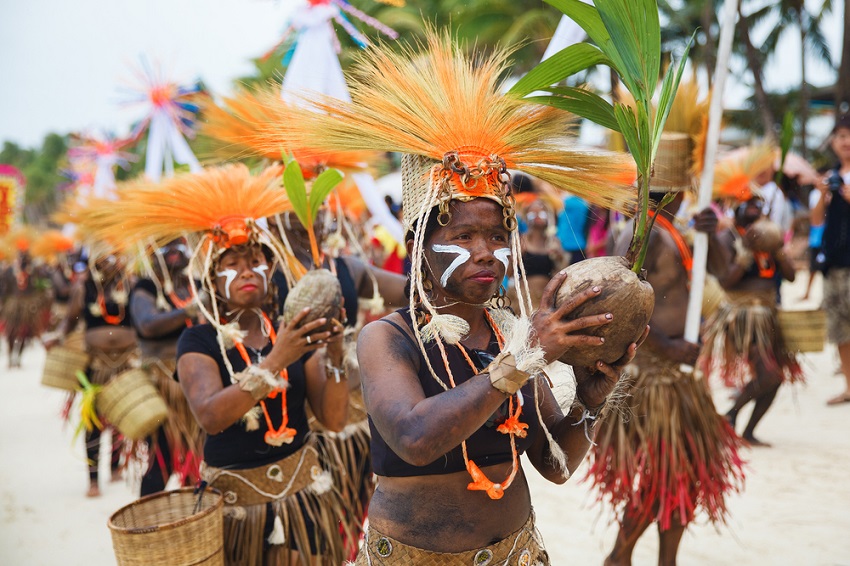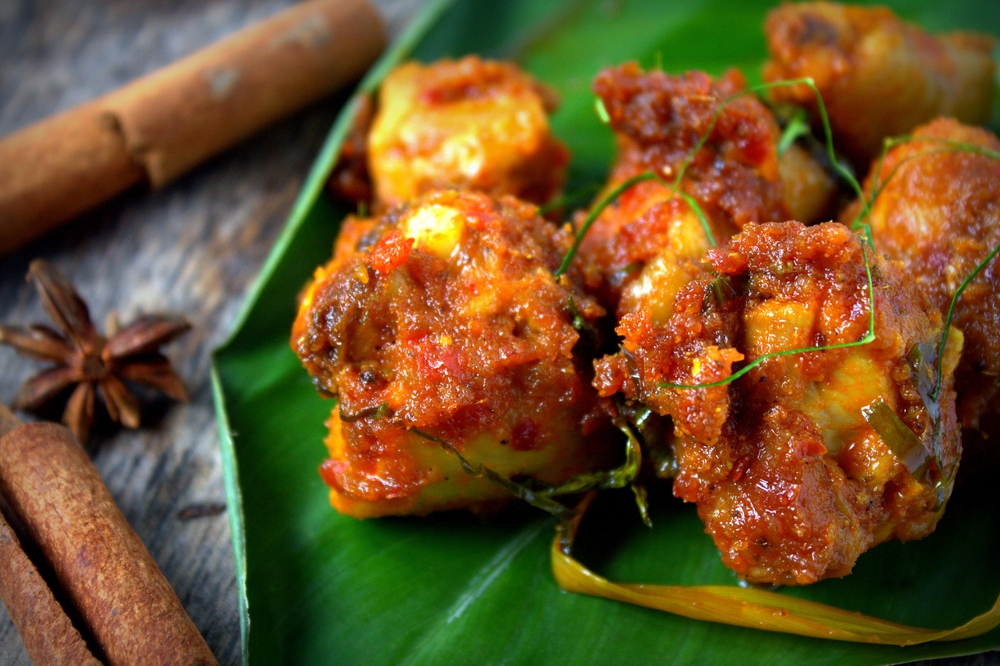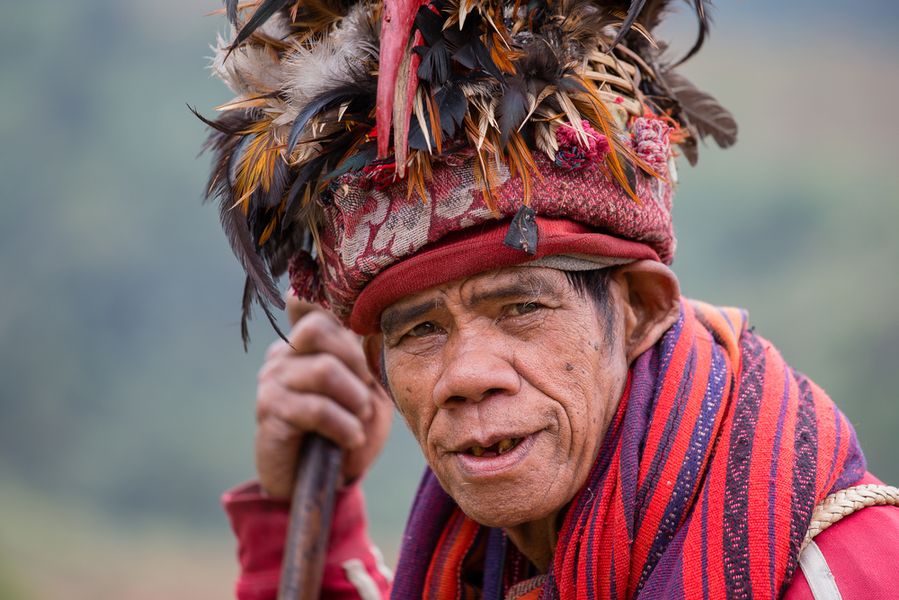Philippines - ritual and festival
Traditions and ceremonies in the Philippines are ethnically diverse since there are over 106 ethnic groups. Some originally lived there while some moved in during the transition when the Philippines became a colony of Spain and the United States. The colonizers influenced many changes in the society so that it was inevitable for local culture to assimilate itself into foreign cultures. Christian Festivals like Christmas is celebrated. Chinese New Year, likewise, is marked meaningful to Chinese all over the world for that they celebrate altogether with their families giving blessings to each other. Moreover, what is deemed essential to every Filipino citizen is People Power Revolution Day. This was when the people’s power arose to overthrow a tyrant government of Marcos. The Philippines’ National Day is Independence Day noting the proclamation of Independence from Spain. The government and the people celebrate to remember this incident as follows.
Independence Day
The Philippines proclaimed Independence from Spain in June 12, 1898 constituting the ‘Independence Day’. Unfortunately, after the proclamation of Independence, the Philippines once again fell into the hands of the United States. It was until 4 July 1946 when the US granted the Philippines sovereignty. Therefore, the government decided 4th July the National Day until in 1962 when it was changed to 12th June. 4th July became Republic Day instead.
Independence Day is a national holiday for every ethnic group. The government and people hold celebrations to remember the importance of that day. The Filipinos willingly join the parades. Military and police marching led by the president is staged and followed by a speech with a 21-gun salute.
People Power Revolution Day
People Power Revolution Day is also crucial to the Filipinos celebrating on 25th February of each year to remember the incident in which thousands of people came out to oust the government of the dictator Marcos in 1986. Manila then was flooded with countless faces on street. Finally, the people won and overthrew the former president Ferdinan E. Mascos while, on the same day, Marcos’ family fled out of the country ending his thirteen year-long political power from September 21, 1972 to the late 1985. The People Power truly triumphed. In the celebration of this day, people come out and gather on street in Manila having a Mass procession, performances, singing, dancing and setting off fireworks (วิทย์ บัณฑิตกุล, 2555:141).
Imbayah Festival of the Ifugao
The Ifugao is a group of indigenous people dwelling on Luzon Island where the rice terrace farming is engineered to support their lives. In the time of drought in the past these people would practice a head hunting ceremony in which their opponent tribes are hunted and beheaded. They worship ‘Bolul’, God of Plenty and talismans craved into biped symbols called ‘Ling-Ling-o’ believed to bring good lucks. Imbayah Festival literally means liquors made from plentiful rice signifying a celebration showered with rice liquors. It is thoughtfully adapted from feast of the rich usually held after harvest or as wedding celebrations including other auspicious occasions to share with those owning less rice farms, so that they can enjoy with others.
Ati Atihan Festival
It is a joyful festival marking a celebration to honor Jesus Christ. People wear colorful indigenous customs and paint their faces with soot joining the parade while dancing lively (Wikipedia, 2016). This festival is held on the third week of January in Kalibo on Panay Island. Ati Atitan literally means playing as Atitan referring to Negrito, the indigenous people on this island (วิทย์ บัณฑิตกุล, 2555:139).
Christmas Day
Christmas is crucial to the Filipinos as most populations are Christian. Thus, this festival takes four months from September to December. In celebration of Christmas, the whole city including shopping malls, parks and buildings is lightened up with Christmas lights and stars that can be seen in Western countries as well. The original tradition is the Night Mass or Simbang Gabi devoting a nine-day practice of Masses until Christmas Eve. It is a belief that completing the nine-day Mass would make a wish comes true (บทความ-ข่าวทางมานุษยวิทยา, 2556). Apart from performing rituals together, it is a good chance to meet and enjoy meals with one another, in which they would take a moment to remember Jose Rizal, a National Hero (วิทย์ บัณฑิตกุล, 2555:143).
Moriones Festival
Moriones Festival is a Christian festival held during a fasting week in April. The celebration takes place all over the country. It originated from Marinduque Islands in the Philippines having a celebration to remember Jesus Christ in the important event in which he was crucified. People joining the parade wear masks and dress like Roman armies appeared in the Bible. Moriones Festival is originally a tradition of farmers and fishermen held on Thanksgiving Day. However, it captured mass media’s and tourists’ attentions and later became a hugely popularized festival (วิทย์ บัณฑิตกุล, 2555:143).
Bibliography
Wikipedia. (2016, May 13). Ati-Atihan festival. Retrieved May 27, 2016, from Wikipedia The Free Encyclopedia Web site: https://en.wikipedia.org/wiki/Ati-Atihan_festival
บทความ-ข่าวทางมานุษยวิทยา. (2556, มีนาคม 1). Retrieved พฤษภาคม 27, 2559, from เว็บไซต์ศูนย์มานุษยวิทยาสิรินธร (องค์การมหาชน) : http://www.sac.or.th/main/content_detail.php?content_id=382
วลัยลักษณ์ ทรงศิริ. (17 เมษายน 2559). "ลิงลิงโอ" เครื่องรางก่อนประวัติศาสตร์ ที่ยังคงสืบเนื่องความหมายสำหรับชาวอิฟูเกาในประเทศฟิลิปปินส์. เรียกใช้เมื่อ 15 May 2559 จาก เว็บไซต์มูลนิธิเล็ก-ประไพ วิริยะพันธุ์: http://lek-prapai.org/home/view.php?id=5030
วิทย์ บัณฑิตกุล. (2555). สาธารณรัฐฟิลิปปินส์. กรุงเทพมหานคร: บริษัทสถาพรบุคส์ จำกัด.
สีดา สอนศรี. (2551). ฟิลิปปินส์:จากอดีตสู่ปัจจุบัน(ค.ศ.1986-2006). กรุงเทพมหานคร: โรงพิมพ์มหาวิทยาลัยธรรมศาสตร์.





